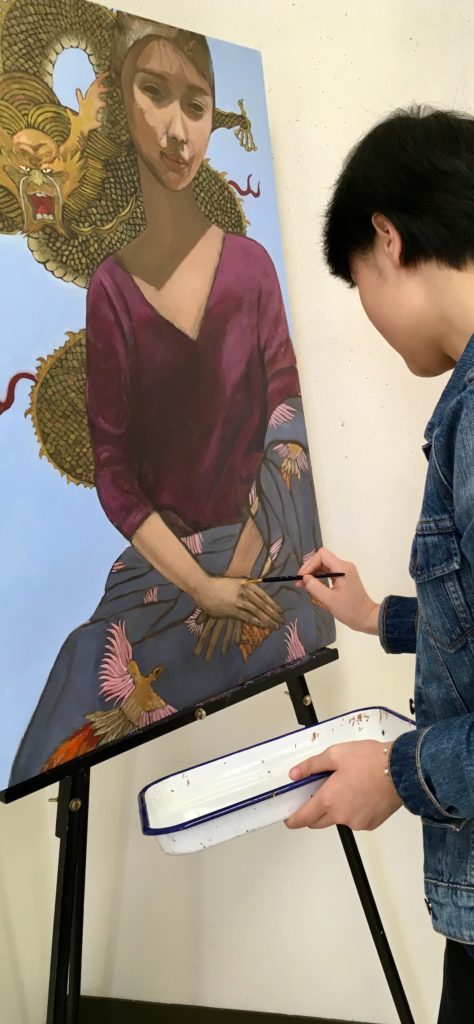
On this site...
…you will find units for a secondary art program that can be adapted to the needs of different schedules and skill levels.
Each unit lasts from 4-8 weeks and includes: Videos that demonstrate techniques and discuss the cultural and historical context of the art genre addressed in the unit.
Written documentation accompanies each video and includes written transcripts from the video, a list of concepts being taught, vocabulary words, a provisional assignment schedule, assignment rubrics, and unit notes from me.
Art as a search for meaning
The sequence and topics within a school art studio change radically between elementary and secondary levels. Aside from the assimilation of technical skills and theory, older art students must understand that art has different functions and genres. Most essentially, they need to understand that the primary function of art, what is called Fine Art, is a search for meaning, both personal and collective.
Defining a personal narrative within the larger culture is challenging for teenagers, but is fundamental to personal growth. High school students are highly motivated to establish their own sense of self and to discover a visual language that represents their unique identity.
The units written on this site follow traditional techniques and subjects, but allow for a highly individual approach to each project.
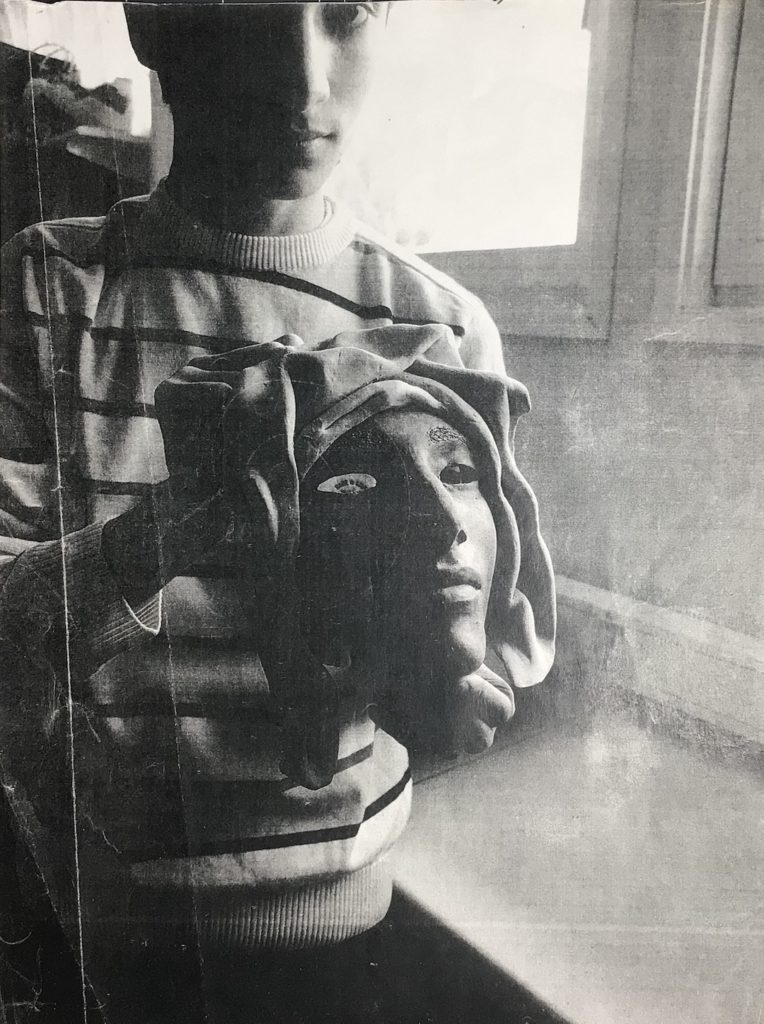

The Story
It is essential that students become familiar with an overview of the historic record of art within their own culture as well as within other cultures so they can find their own place within it.
Finding oneself within the larger story of history will be a life-long effort, and the sooner students learn how to interact creatively with their own piece of this larger story, the more powerful their lives will become. Out of all the reasons for teaching visual art, this is the most central one for me.
Finding one's own place within a larger cultural narrative:

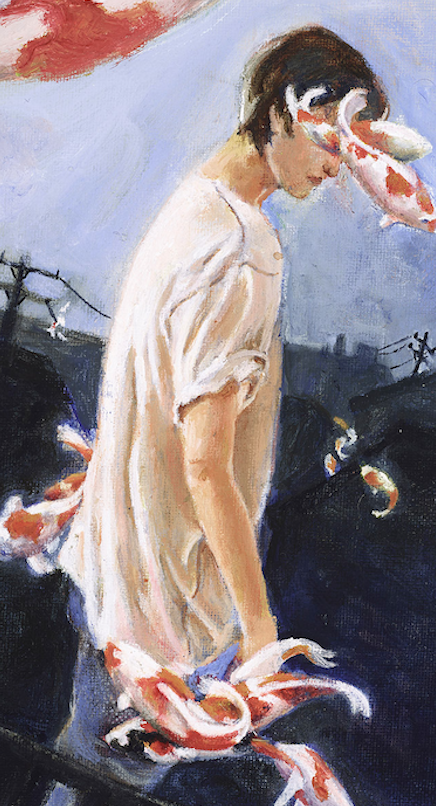
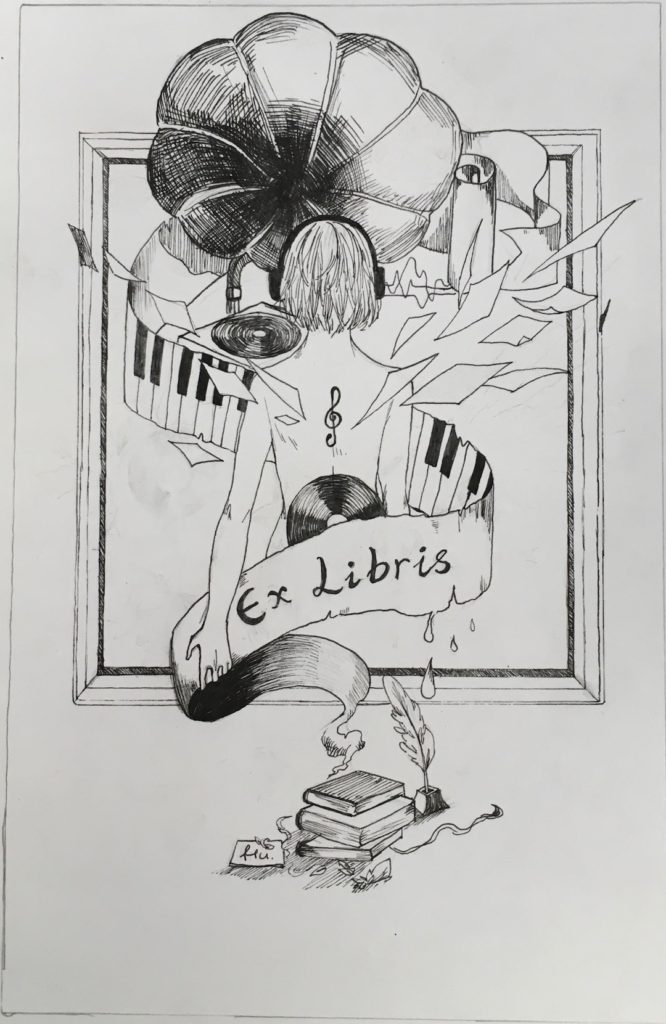
Four different areas of focus in the program...
I have designed the art curriculum to integrate art history and art theory with practical skills. The structure of the units has four parts: Subject, Function, Medium, and Composition Theory.
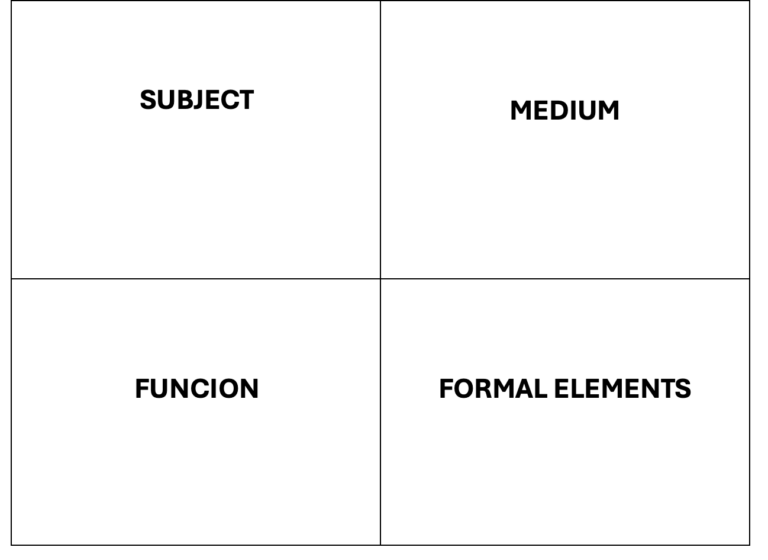
FUNCTION: When studying art history, it is important to know who paid for a work. But even when the artist is the only patron, the intention of the work is important to know when evaluating it. The intention of a work is what distinguishes fine art from applied art or commercial art.
SUBJECT: The subject is always in some relationship to the artist. Art is both an interior expression of something as well as an external image, The nature of the artist will always in some way inhabit the subjects he uses.
MEDIUM: The medium has an independent voice that must always be aligned to the function and subject of a work. The artist works in collaboration with the qualities of a medium, never against them. An equestirian monument of a Civil War hero will not be made of paper mache, for the same reason a piggy bank will not be made of bronze.
FORMAL ELEMENTS: The composition is the way space, colors, and shapes are arranged to create an overall pattern. This involves the complete integration of a plurality of elements into a whole.
The great paradox of a good composition is that it is generally predicated on the simplest.
About Kate Reynolds

I am a high school visual art teacher with over thirty years’ experience, most of it overseas. I have taught the International Baccalaureate Diploma in six different countries as well as the IB Middle Years Program, the IGCSE, and AP Studio Art and AP Art History.
The units presented on this site reflect my particular style of teaching: process driven and interdisciplinary in my approach. The assignments and requirements can easily be adapted by other teachers to meet the needs of their students.
If you have questions, contact me below.

